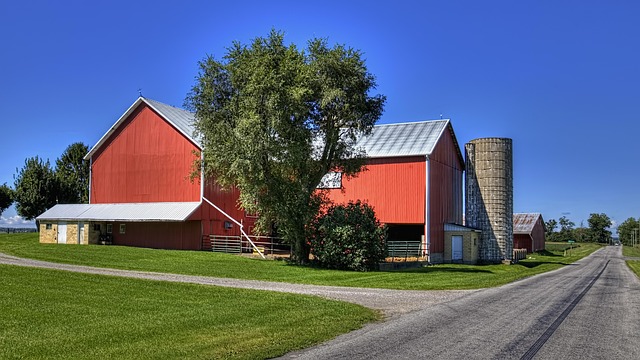Expansive freeway networks drive economic growth, boost connectivity, and increase property values, transforming remote areas into bustling communities. Strategic real estate investments hinge on understanding market trends, from traditional factors like location and demographics to emerging influences such as technology. Major infrastructure projects like the U.S. Interstate Highway System and California's State Route 90 have reshaped urban landscapes and real estate markets, creating thriving communities and new opportunities for developers.
“Imagine a web of seamless connectivity, where communities are bound together by an expansive freeway network. This article delves into the transformative power of freeways on community access and real estate values. We explore the strategic planning and design considerations for efficient networks, drawing from successful global case studies. Discover how these projects have not only enhanced mobility but also boosted local economies and shaped urban landscapes in significant ways, with a special focus on real estate implications.”
The Impact of Freeways on Community Access and Real Estate Value

The construction of expansive freeway networks significantly influences community access and local real estate markets. Efficient road systems provide easier accessibility to various neighborhoods, fostering economic growth and enhancing connectivity. This ease of mobility not only benefits daily commuters but also attracts businesses, leading to increased commercial activities and improved infrastructure in surrounding areas. As a result, property values often experience upward pressure due to the enhanced accessibility and desirability these freeways bring to the region.
Real estate investors and homeowners alike stand to gain from this infrastructural development. Residents may find it more convenient to travel to work or leisure destinations, boosting their overall quality of life. Additionally, areas previously considered remote or less desirable can be transformed into thriving communities as real estate values align with urban centers, encouraging investment and promoting sustainable growth.
Planning and Designing Efficient Freeway Networks for Better Connectivity

Case Studies: Successful Freeway Projects and Their Real Estate Implications

Successful freeway projects have significantly transformed urban landscapes and real estate markets. One notable example is the expansion of the Interstate Highway System in the United States, which not only improved national connectivity but also spurred economic growth along corridors. In California, the construction of the California State Route 90, a major east-west artery, has led to substantial development of commercial and residential properties, with areas previously considered remote becoming valuable real estate assets.
These freeway projects serve as case studies for understanding how infrastructure investments can drive market dynamics. They highlight the increased accessibility they offer, attracting businesses and residents alike. Consequently, property values often rise in proximity to well-connected highways, leading to vibrant communities and new opportunities for developers.






